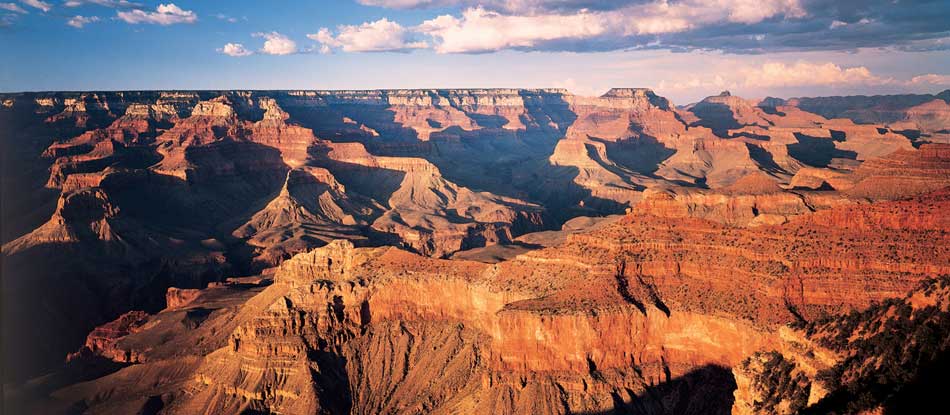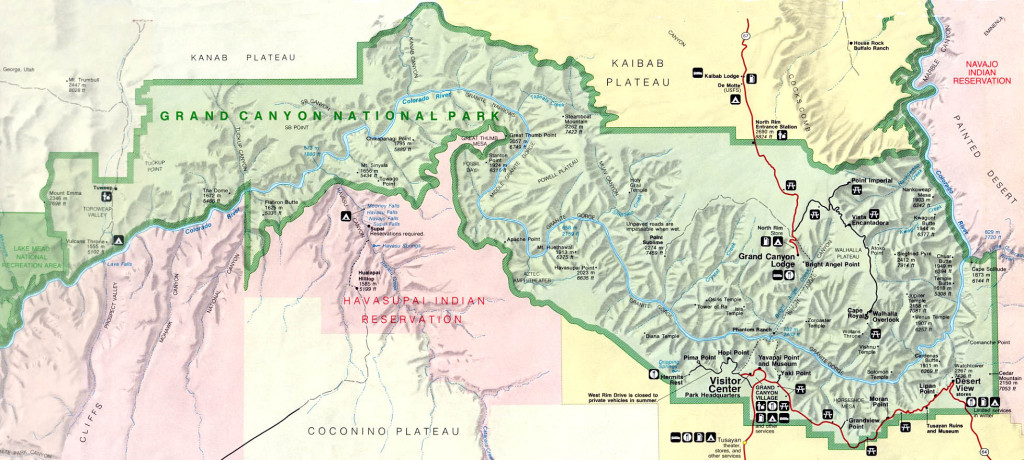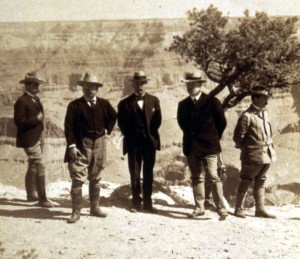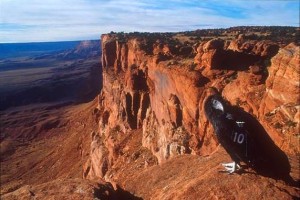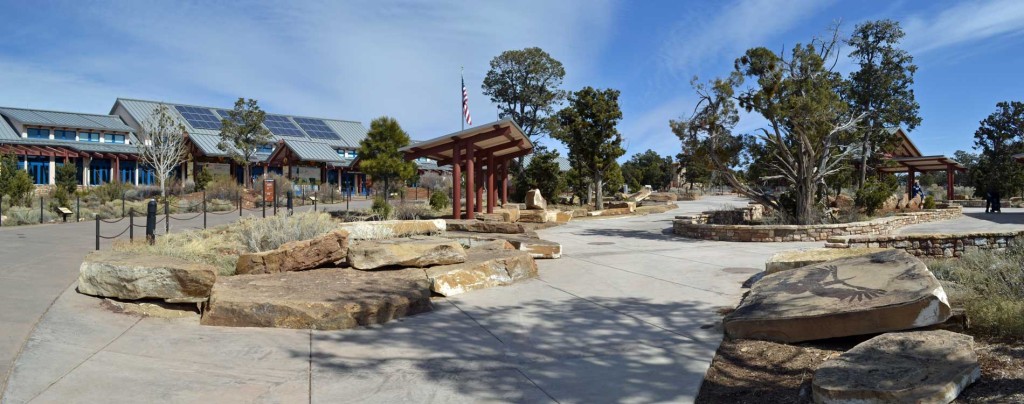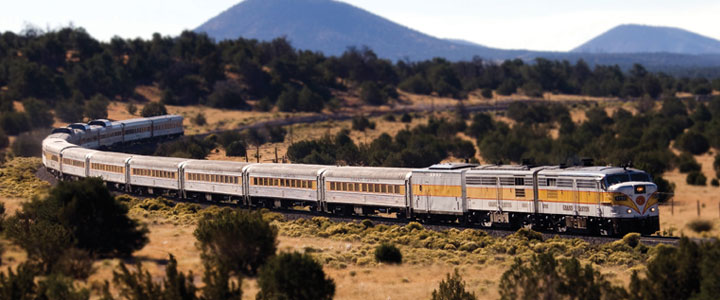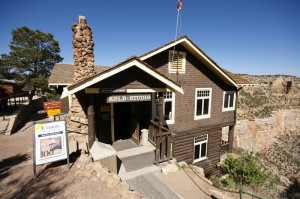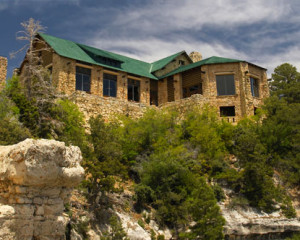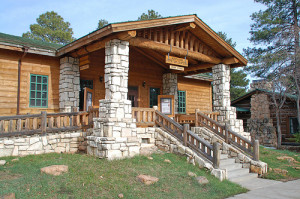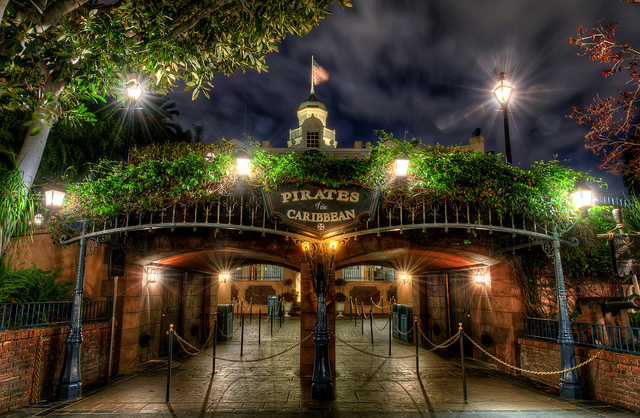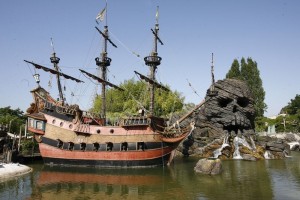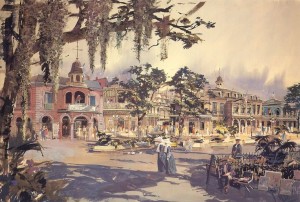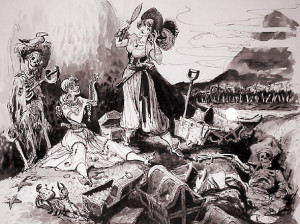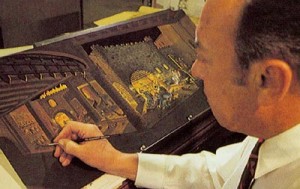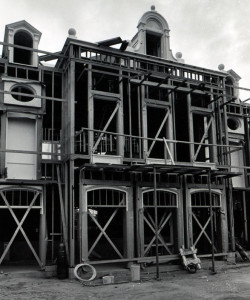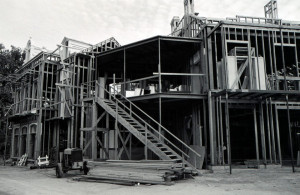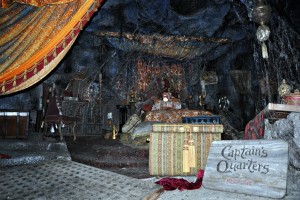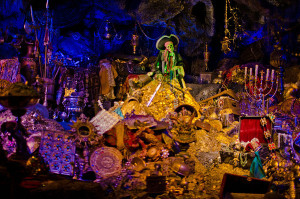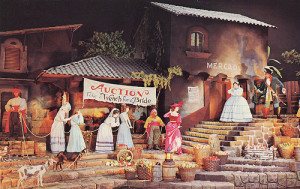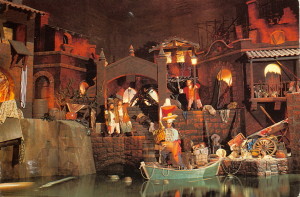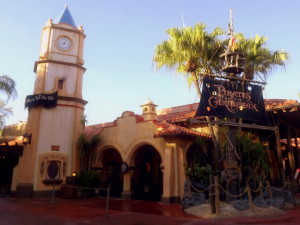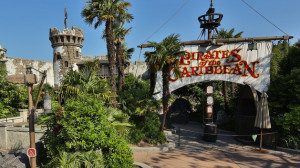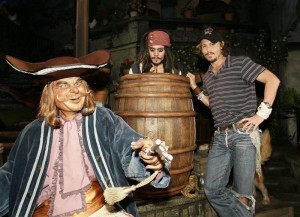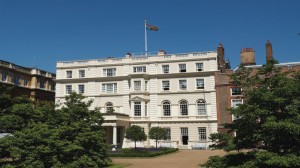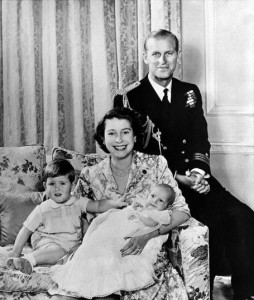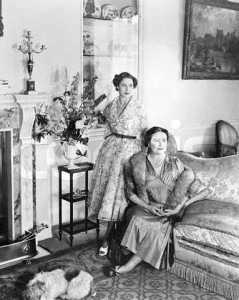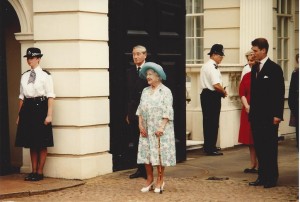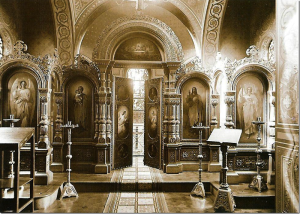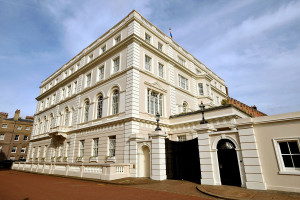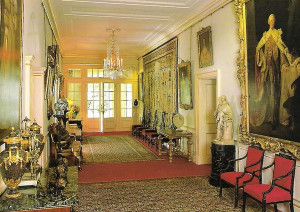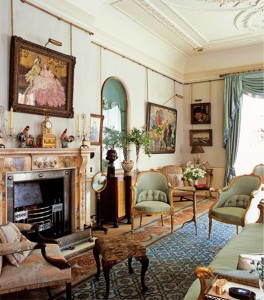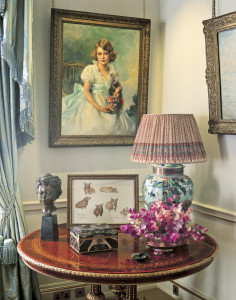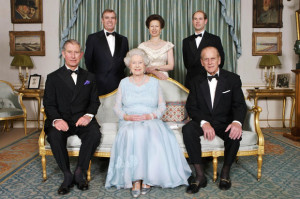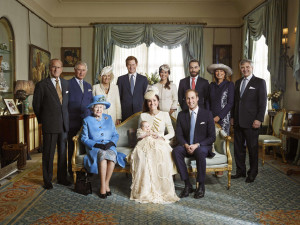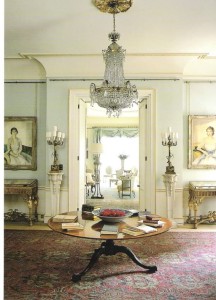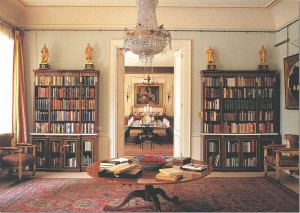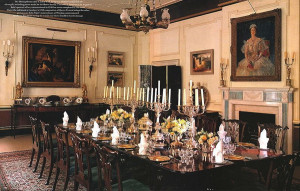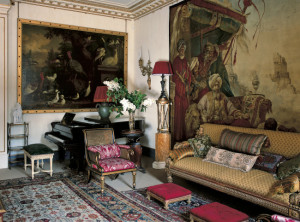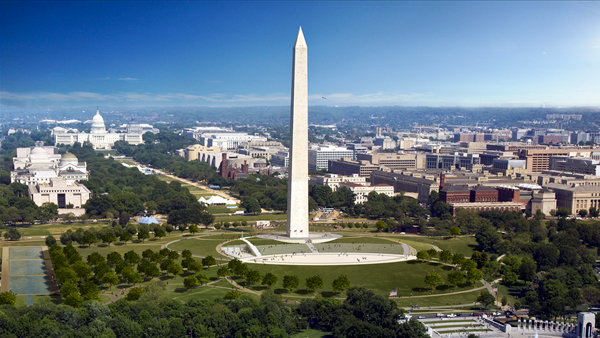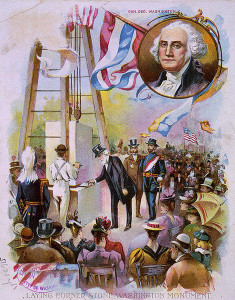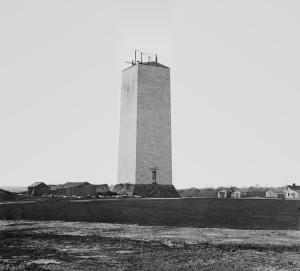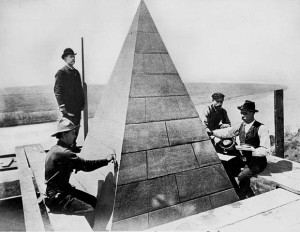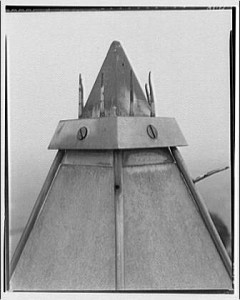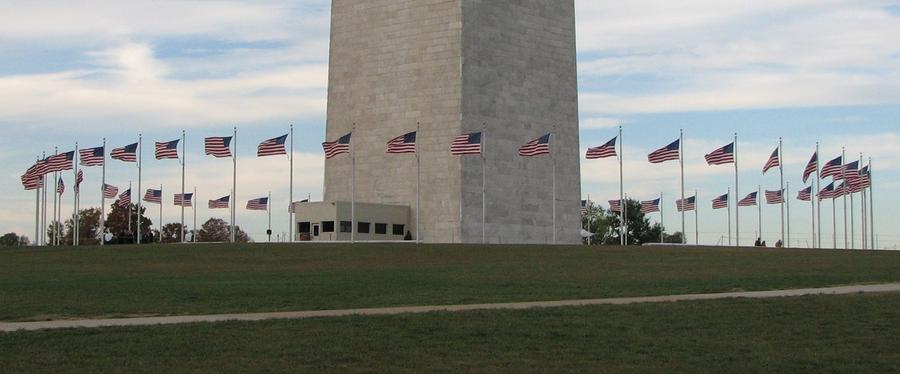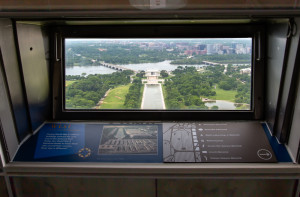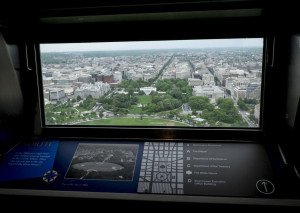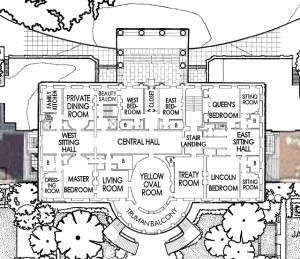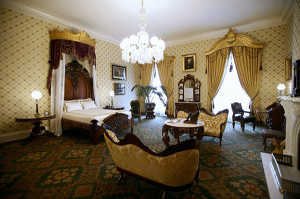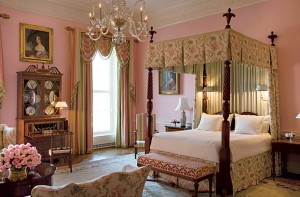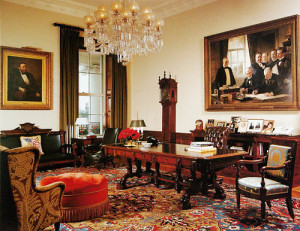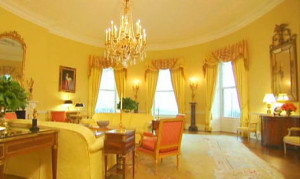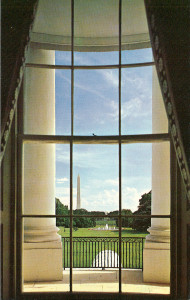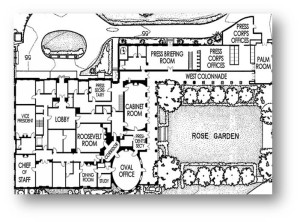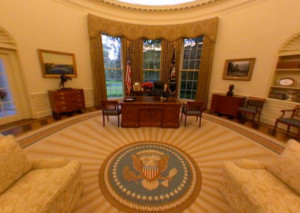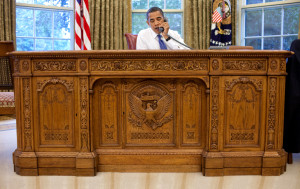National Parks in the United States make wonderful destinations for family vacations and in this post I will discuss one of the most popular ones … the Grand Canyon National Park located in Arizona. I’m sure this has been said a thousand times, but a photograph does not capture the beauty of the Grand Canyon, it is truly is a wonder to see for the first time and to stand at the edge looking down into the vast canyons. So, I will start with a brief history of the park dating back to when the area was first established by the Native Americans, how it was discovered later by European settlers and how it was eventually made into a National Park. I will discuss how the canyon was formed and also give suggestions of things to see and do on a visit to the park.
A brief history of the Grand Canyon National Park
The Grand Canyon National Park is located in the northwest corner of Arizona. The canyon is 277 miles long, measures up to 18 miles at its widest point and reaches the depth of over a mile. The Grand Canyon was created hundreds of millions of years ago but geologists continue to debate about the exact process and timing of its formation. In fact, it was created by a combination of extreme weather conditions, seismic events, volcanic activity and water erosion. As the earth was being formed, this area underwent vast changes in weather conditions creating inland seas, swamps and then deserts. With each different climate condition, rocks and minerals formed layers of sediment deposited one on top of another. The next step in the process happened approximately 60 million years ago when the tectonic plates were sifting in the area that eventually became the North American continent. This seismic activity, similar to how the nearby Rocking Mountain range was created, caused upward rock and soil movement which formed the Colorado and Kaibab plateaus and as a result the Colorado River formed. Each subsequent seismic activity caused an increase in the uplift of plateaus allowing the river to flow faster. The movement of the Colorado River caused a process known as water erosion which started to carve the canyons approximately 2 million years ago. This period in the history of the Earth was known as the Ice Age when massive amounts of snow accumulated in the region. Then, as the snow melted with the change in earth’s temperature, the water of the Colorado River started to cause fissures in earth’s surface by carrying away rock and soil creating deeper and deeper canyons. Finally, one million years ago volcanic activity in the region created a final layer of rock from ash and lava. Today, these layers of rock which were created over millions of years ago tell the story of the geologic history of how the earth was formed. Nearly 40 different layers wonderfully preserved within the exposed walls of the Grand Canyon have been identified. (Travel Note: As visitors look out over the canyons from the rim and scenic overlooks or when venturing further into the canyons on hikes or mule trips, please take the time to look at the various layers of rock and appreciate what nature has created!)
Currently this part of the United States is known as the “Four Corners” area and it is where the four states of Arizona, Utah, Colorado and New Mexico borders all come together. Thousands of years ago a group of Native Americans, known as the Anasazi, lived in the area. The Anasazi are considered the ancient ancestors of the modern Pueblo Native Americans who considered the Grand Canyon a holy site that they named Ongtupqa.
The first Europeans to visit the area were a group of Spanish conquistadors, soldiers and explorers, led by Captain Garcia Lopez de Cardenas under the orders of Francisco Vasquez de Coronado in 1540. The conquistadors and their Hopi Native American guides were in search of the fabled Seven Cities of Cibola. Their records indicate that they came to the South Rim of Grand Canyon, somewhere between the current area known as Desert View and Moran Point, noting that the canyon were deep and walls were high. 200 years passed before two Spanish priests, Father Francisco Dominguez and Father Silvestre de Escalante, accompanied by Spanish soldiers came to the North Rim of the Grand Canyon looking for a way into California in 1776. The route that was established became known as the “Crossing of the Fathers” and was located in Glen Canyon (currently the route lies under the waters of Lake Powell)
Almost a hundred years later, John Wesley Powell led the first expedition down the Colorado River and through the Grand Canyon in 1869. Starting at Green River in Wyoming, Powell and nine men gathered in four boats and traveled down the Green River to the Colorado River navigating the uncharted river for future travel. The Powell group completed the 350 miles trip in three months experiencing difficult navigation and many hardships along the way. (Travel Note: Today, visitors can travel down the Grand Canyon on a variety of organized raft trips that explore several different parts along the Colorado River, trips are available in various lengths of time ranging from one day to several days)
In 1903, President Theodore Roosevelt visited the Grand Canyon on a trip through the area; he was a great sportsman and conservationist. In 1906 Roosevelt established the Grand Canyon Game Preserve which eventually led to the elimination of natural predators such as eagles, mountain lions and wolves. Later, adjacent land was added to the preserve and it became designated as a National Monument in 1908. Then, unfortunately land and mining interests blocked the area from being incorporated into the United States National Park system for the next 11 years. Finally, on February 26, 1919 the Grand Canyon officially became the 17th National Park as signed into law by President Woodrow Wilson.
Throughout the following years, the Grand Canyon National Park has experiences many changes and overcome many management problems. In 1963 the construction of the Glen Canyon Dam permanently altered the Colorado River and as a result the Grand Canyon ecosystem experienced many changes. Other problems impacting the Grand Canyon included disputes with various Native American tribal reservations adjacent to the park concerning water rights, increased air pollution levels caused by surrounding metropolitan areas and increased tourist air traffic created higher noise levels.
One remarkable achievement in recent years has been the reintroduction of the California condor into the Grand Canyon Nation Park. At one point in time the California condor ranged from Canada to Mexico and across the United States from the west coast to the east coast. Gradually with the settlement of North America it decreased their range to only the area along the Pacific coast from British Columbia to Baja California. The population of condors dramatically dwindled at an alarming rate due to increased hunting and cyanide poisoning from predator traps, power line collisions and lead poisoning caused by the condors ingesting fragment of lead ammunition in carcasses. In 1967 the California condor was put on the federal endangered species list but by 1982 the total condor population was down to only 22 birds and the species was close to extinction. Then in 1983, the U.S. Fish and Wildlife Service began a captive breeding programing partnering with the Los Angeles Zoo and the San Diego Wild Animal Park. Sadly, by 1985 the condor population had declined to only nine birds in the wild. In 1987, a controversial decision was made to capture all the remaining condors and included them into the captive breeding program. Eventually, the condor numbers dramatically increased to 177 birds and in 1992 the decision was made to release 127 condors into the Los Padres National Forest located north of Los Angeles and later in 1996 six condors were released into the Vermilion Cliff area 30 miles north of the Grand Canyon. Today, the total population of California condors is over 400 with half that number being from birds in the wild, currently there are five active condor nesting areas located within the Grand Canyon National Park and the Vermilion Cliff area.
Things to see and do at the Grand Canyon National Park
South Rim of the Grand Canyon National Park
Grand Canyon Village is located near Mather Point which is the place where most park visitors get their first look of the Grand Canyon. The Grand Canyon Visitor Center located in the village is a great first stop for visitors to find park information regarding current climate and road conditions, get park maps and view exhibits pertaining to the park’s geology and animal inhabitations. The visitor center also shows a 20 minute orientation film, “Grand Canyon: A Journey of Wonder”, in the visitor center theater.
Most visitors travel to the Grand Canyon National Park by car but once they arrive at the park certain areas are restricted to private transportation and visitors are encouraged to take the park’s free shuttle buses to see the major points of interest. Some visitors that decide to stay outside the park boundaries will stay in Williams, AZ and then take the Grand Canyon Railway train into the park which arrives and departs from the train depot conveniently located in the Grand Canyon Village. (Travel Note: For more information about the Grand Canyon Railway and hotel accommodations in Williams, please click on the link to www.thetrain.com)
The Grand Canyon Village is also where visitor accommodations ranging from inexpensive campgrounds or moderate to expensive hotels are located in the South Rim area. The most luxurious lodging on the South Rim is the El Tovar Hotel built in 1905 and designed by Charles Frederick Whittlesley in a style that has become known as “National Park Rustic”, there is also a restaurant and gift shop located inside the hotel. A moderate price hotel also located in the Grand Canyon Village is the Bright Angel Lodge which was built in 1935. The original hotel was built by the famous Fred Harvey Company and designed by Mary Colter, an unusual feature is the fireplace which is layered with stones placed in the same sequence as those found in the Grand Canyon. (Travel Note: Be sure to make advance reservations if you are planning to stay overnight in the park)
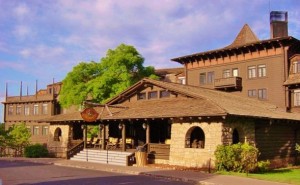
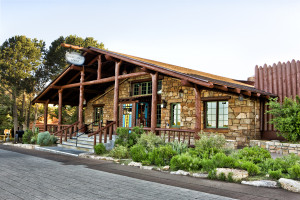
A short walk away from the hotels and perched on the canyon rim is the Kolb Studio which was built in 1904 by Ellsworth and Emery Kolb. The Kolb Brothers guided visitors down the Bright Angel Trail taking photographs which the visitors could purchase of them standing in front the magnificent views of the Grand Canyon. In 1911, the Kolb Brother filmed their journey down the Green and Colorado Rivers which brought national attention and increased tourism to the area. The former studio building was recently restored and features a Kolb photography exhibit and an art gallery.
Located about 27 miles from the Grand Canyon Village is an area known as Desert View which offers even more spectacular views of the Grand Canyon and from this vantage point the Colorado River can be seen down at the bottom of the canyon. Adjacent to the parking lot is one of Mary Colter’s best known buildings called the Desert View Watchtower which was built in 1932. The structure was designed to resemble the ancient Anasazi watchtowers and the building stands 70 feet tall and is considered one of the highest points on the South Rim.
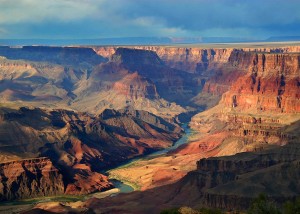
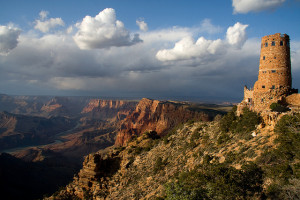
Located just over 3 miles from the Desert View Watchtower are the Tusayan Ruins and Museum which helps visitors understand how the Pueblo Native Americans lived in the Grand Canyon over 800 years ago. Visitors can take a self-guided tour of the ruins or check the park guide for when NPS rangers offer more detailed guided tours. The Tusayan Museum is open daily with free admission and features exhibits which display twig figurines, pottery and other items of the Pueblo Native Americans.
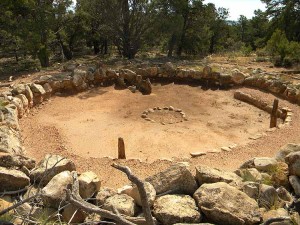
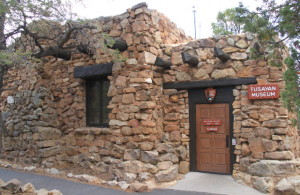
These are just some of the things to see on the South Rim of the Grand Canyon, for more information and other suggestions, please see the click on the Grand Canyon National Park website link, www.nps.gov/grca
North Rim of the Grand Canyon National Park
The North Rim of the Grand Canyon National Park is opened from May to October every year and closed during the winter months; it is usually less crowded than the popular South Rim. The distance from the bottom of the South Rim to the North Rim is a 21 mile hike. Travel time by car from the South Rim to the North Rim will take about five hours; it is 220 mile drive if you are visiting both areas of the Grand Canyon National Park.
The Grand Canyon Lodge is located at Bright Angel Point and it is one of the overnight accommodations within the North Rim Area of the park. Built in 1927, the Grand Canyon Lodge was designed by Gilbert Underwood and the main building is located near the edge of the canyon rim and features a restaurant and gift shop and there are also 23 deluxe cabins and 91 standard cabins. The Lodge was constructed from local limestone which blends beautifully with the rock formations of the canyon. For more rustic accommodations, there is also a campground within this area of the North Rim of the Grand Canyon National Park. (Travel Note: Be sure to make advance reservations if you are planning to stay overnight in the park)
A short walk from the Grand Canyon Lodge is the North Rim Visitor Center which is a great place for visitors to find park information regarding current climate and road conditions, get park maps or brochures and view exhibits; there is also a small bookstore.
Grand Canyon National Park activities
Travel Advisory: The weather at the Grand Canyon can be very hot, so please be prepared with plenty of bottled drinking water if you are planning any outdoor activities!
Most visitors that go to the Grand Canyon National Park drive to the vista points or walk a short distance along the rim to enjoy the views of the canyon or perhaps to catch a glimpse of the Colorado River far below. Some visitors come prepared for hikes into the canyon down the Bright Angel Trail that take all day or maybe longer hikes with an overnight at Phantom Ranch located at the bottom of the canyon on the banks of the Colorado River. (Travel Note: Please be check at the park visitor center to see if a backcountry hiking permit is required for the trail that you will be hiking on. Also, be aware that advance reservations are need for the Phantom Ranch if you are planning on staying overnight)
Listed below are a few more activities available in Grand Canyon National Park –
Mule Rides are an exciting way to see the Grand Canyon and are a very popular park activity that book up very quickly. The South Rim Mule Ride guests will be picked up by a bus in the Grand Canyon Village and taken to the mule barn located near the South Kaibab Trailhead. After a brief orientation, guides will accompany the riders and mules on a four mile round trip down into the canyon and out to the Abyss Overlook, the ride will take approximately two hours. There are also overnight trips available, the mule ride will follow the same trail out to the overlook point but then proceed further into the canyon to the Phantom Ranch. There is also a North Rim Mule Ride for guests staying in that area of the park. Visitors can reserve either a one hour ride along the rim of the canyon or the longer half day trip that takes visitors to either Uncle Jim’s Point or into the canyon down the North Kaibab Trail. (Travel Note: When planning a trip to the park, make reservations as soon as possible, visitors can book up to 13 months in advance. Also please be advised that there are physical limitations and age restrictions for the mule rides)
Colorado River Trips
Colorado River trips are another exciting way for visitors to see the Grand Canyon. Unlike the view from the rim looking down into the canyon, a river trip allows visitors to see the canyon looking up from the Colorado River. A search on the internet will give numerous companies offering river trips ranging from smooth water raft trips for the family to the more adventurous whitewater raft trips. The raft trips available can range in length from easy one day trips to more strenuous multi-day trips which require overnight camping or a stay at the Phantom Ranch. (Travel Note: This blog makes no recommendations for Colorado River trips but we do advise visitors to thoroughly research the river raft companies before making any reservations. For private trips, permits are required so please check the requirements and availability when planning a Colorado River trip)
Airline / Helicopter Tours
An airline or helicopter tours offer visitors another perspective for viewing the Grand Canyon. High above the canyons, visitors can see for miles and the views are spectacular. Much like the Colorado River trips, a search on the internet will give numerous companies offering helicopter tours available from 30 minutes to several hours in length and taking off from airports near the Grand Canyon to as far away as Phoenix, AZ and Las Vegas, NV. (Travel Note: This blog makes no recommendations for helicopter tours but we do advise visitors to thoroughly research the companies before making any reservations)

